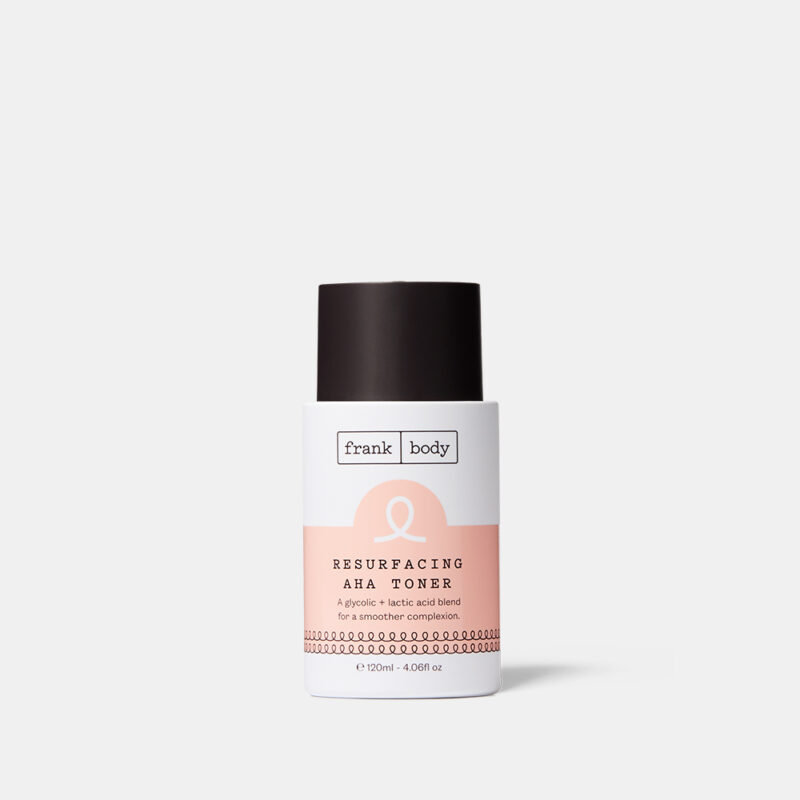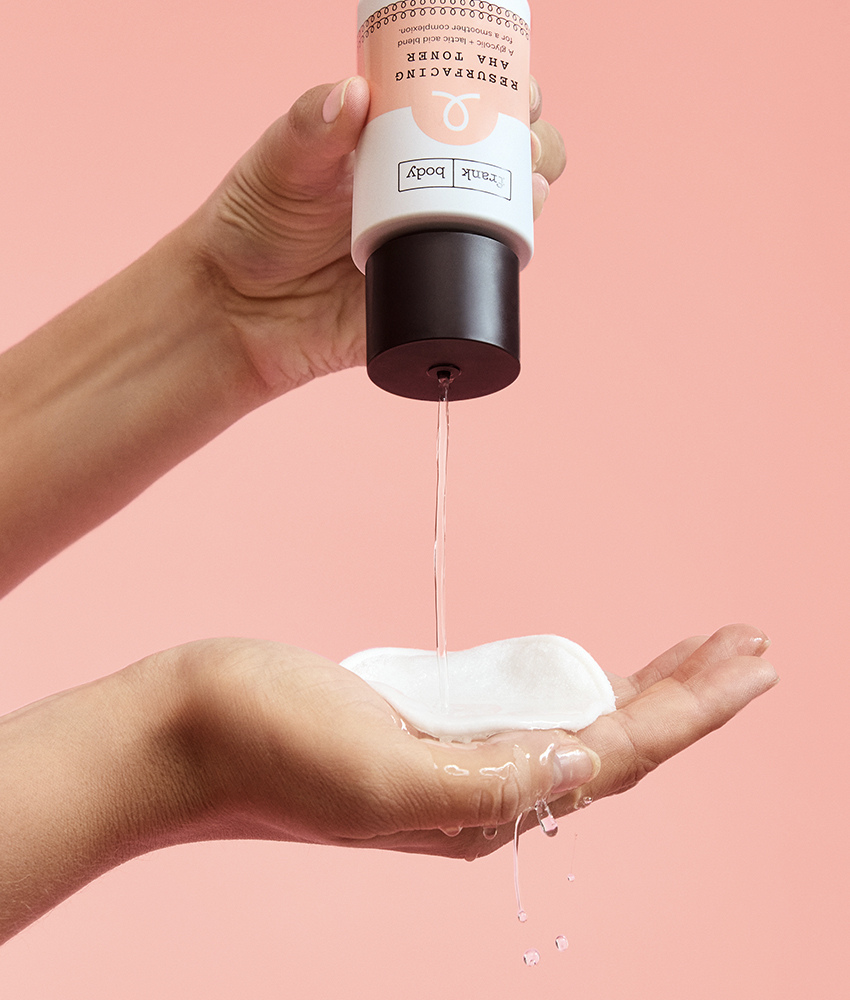Getting breakouts is frustrating enough, let alone working out how to get rid of the pimple scars and acne marks they leave behind.
But first, what is an acne scar?
Dr. Joshua Zeichner, the director of Cosmetic and Clinical Research in Dermatology at Mount Sinai Hospital in New York City brings some home truths:
“What many people don’t realize is that a dark or pink mark on the skin is not actually an acne scar. Inflammation in the skin often leaves behind a stain as part of the natural healing process. The inflammation revs up pigment production, creating the mark that fades on its own over several weeks to months,”
Unlike acne scars, these marks are smooth to the touch and are not raised or indented, which means there is no permanent collagen damage to the skin. This means that the pigment can be lightened through using acids and active cell turnover.
Acne scars, on the other hand, appear raised or bumpy and happen when there is damage to the skin which leads to abnormal collagen production. This kind should be discussed with a dermatologist to determine what treatments are available for your specific type of scarring.
How to eliminate dark spots on your face or reduce acne marks:
My blend of lactic, malic and glycolic acids refines skin texture and works hard to lighten the pigment caused by acne marks. Finished with licorice root to tackle hyperpigmentation and redness, this is the ultimate way to resurface your complexion without an appointment.
Using AHAs as part of your skin routine will also help to keep breakouts at bay, because prevention of marks is a heck of a lot easier than trying to get rid of pimple scars later.


